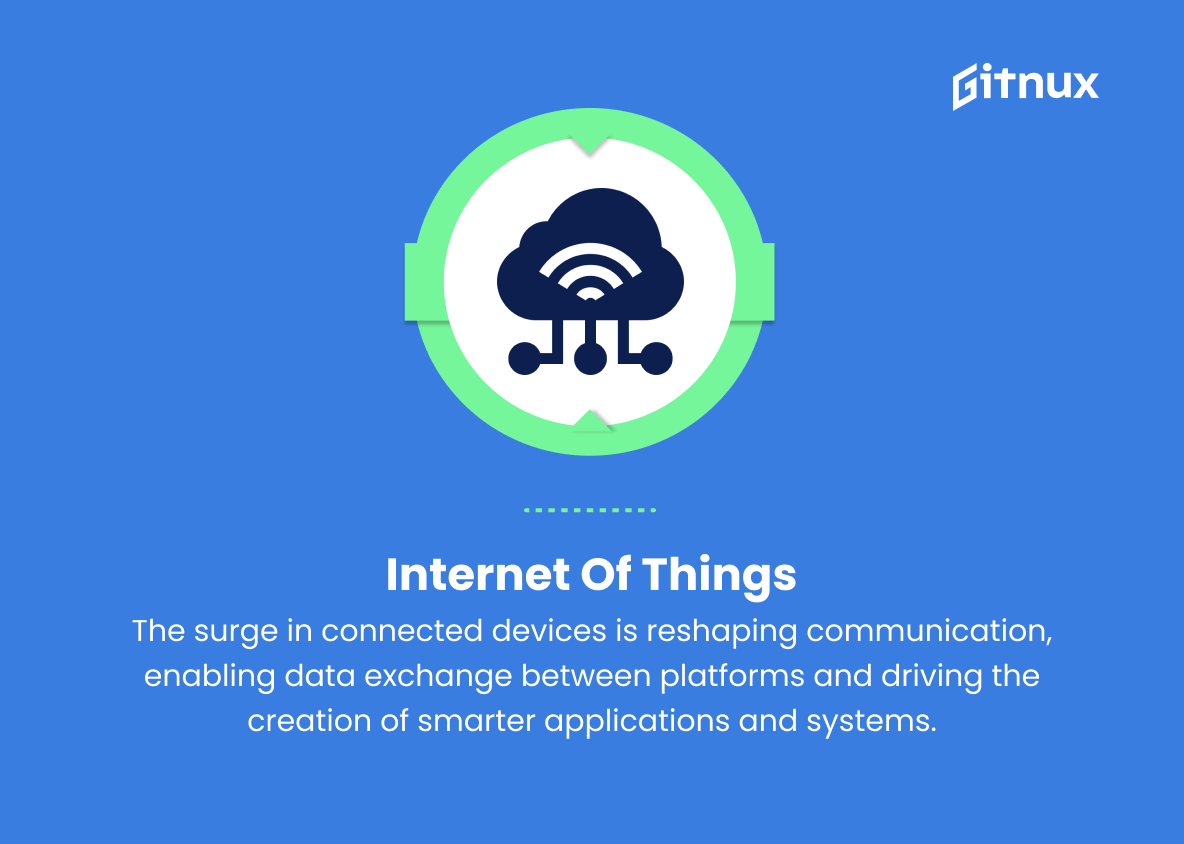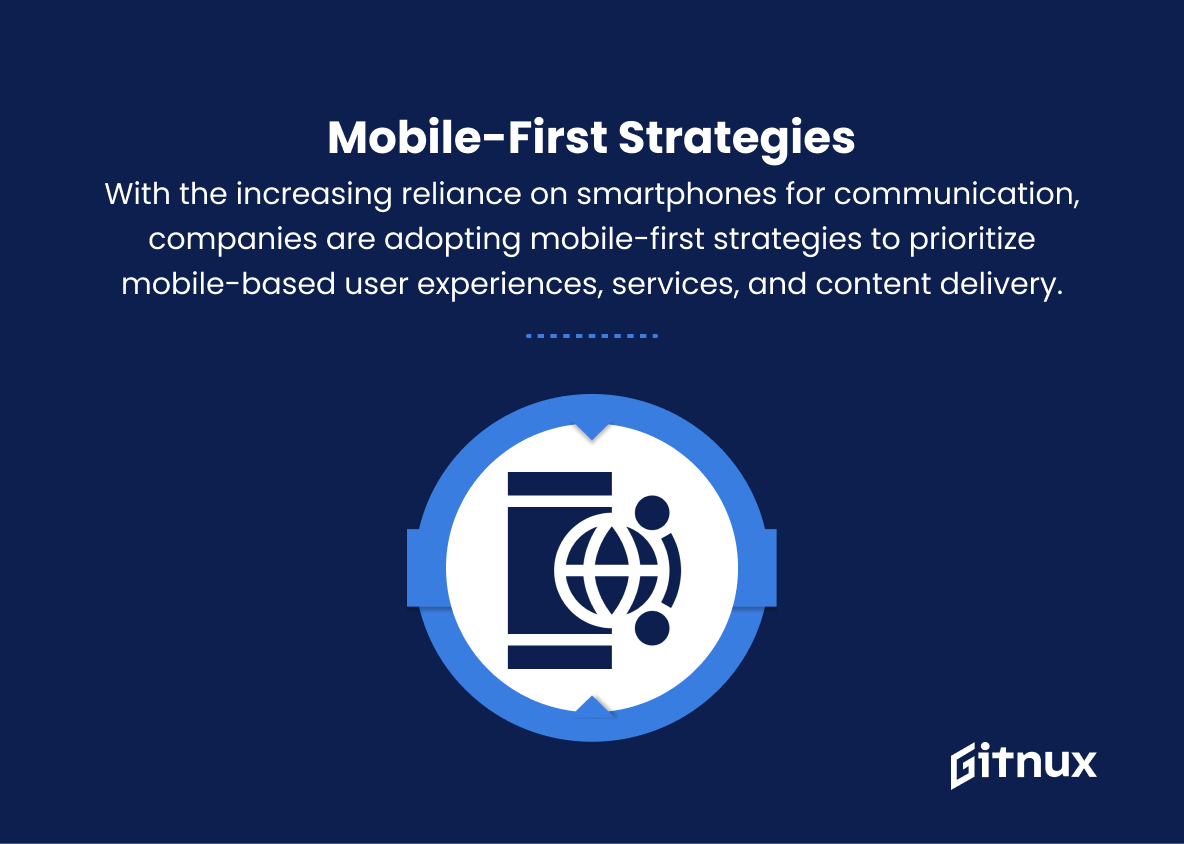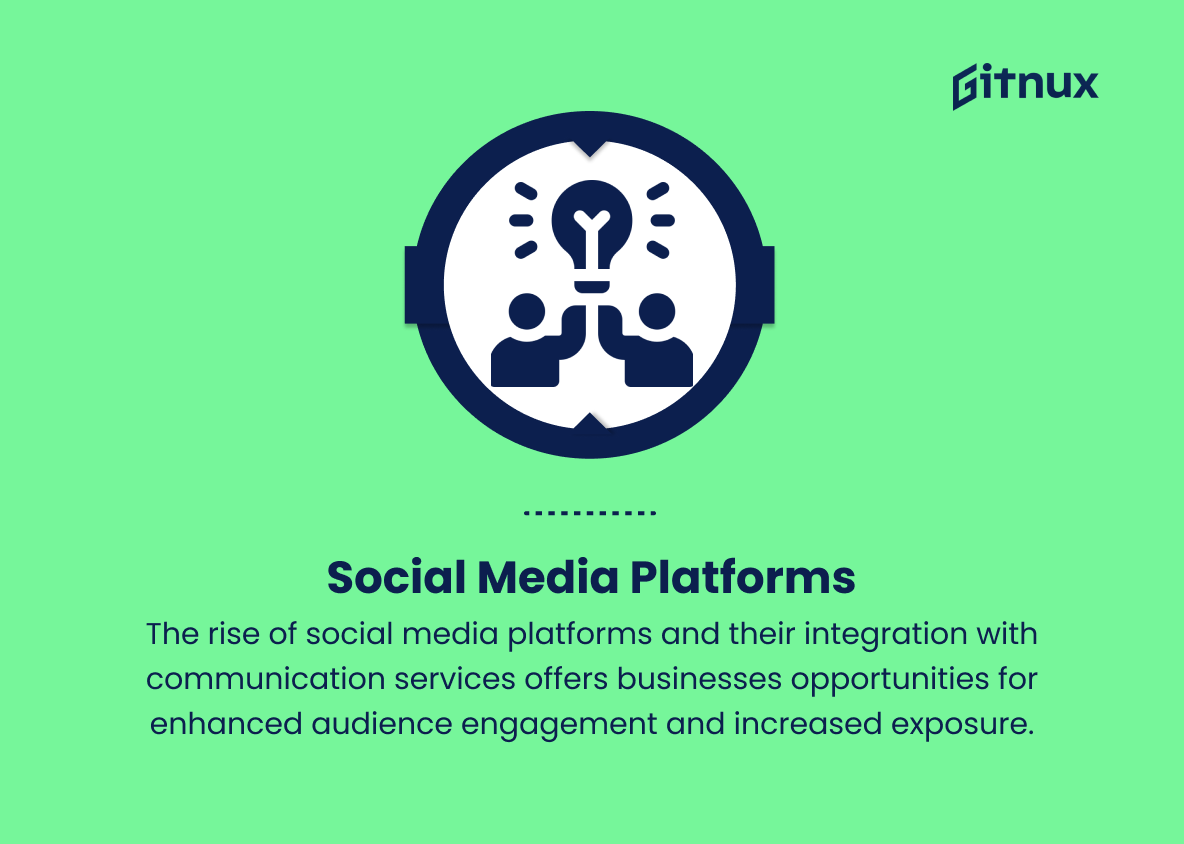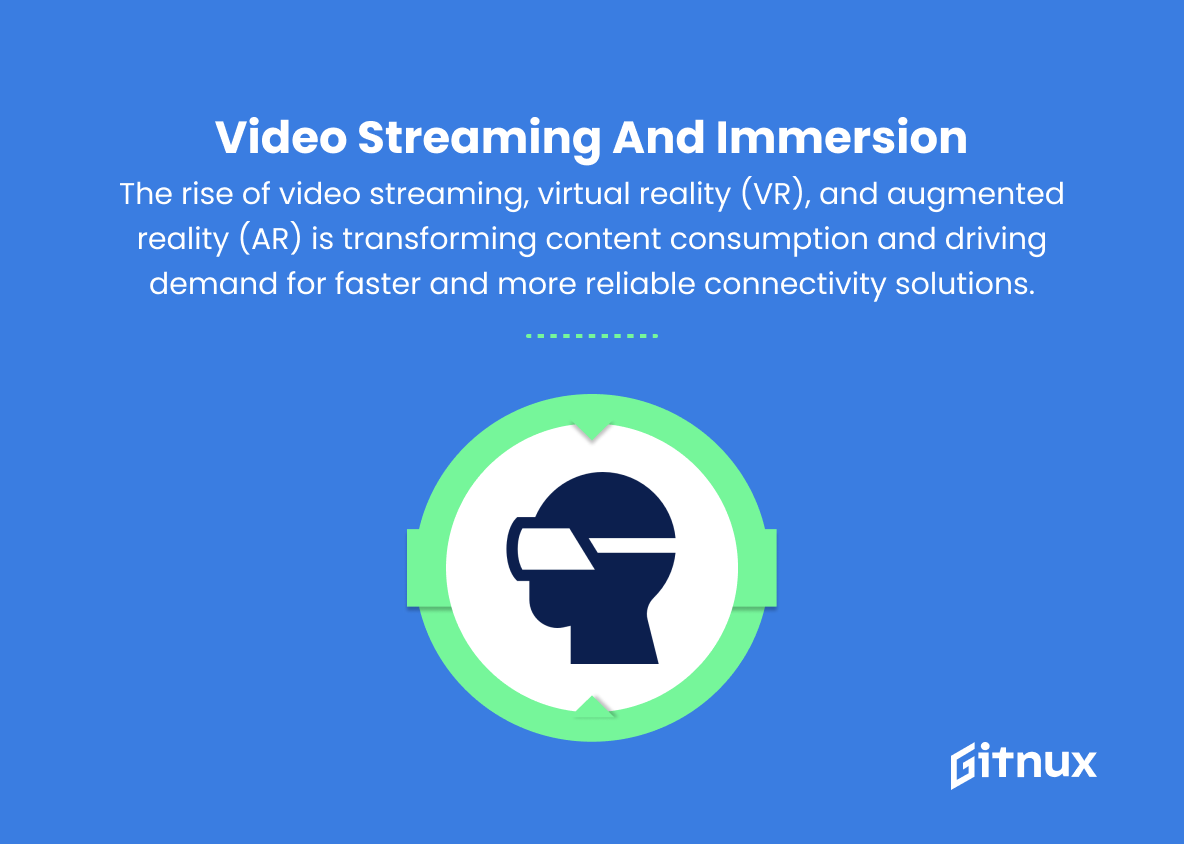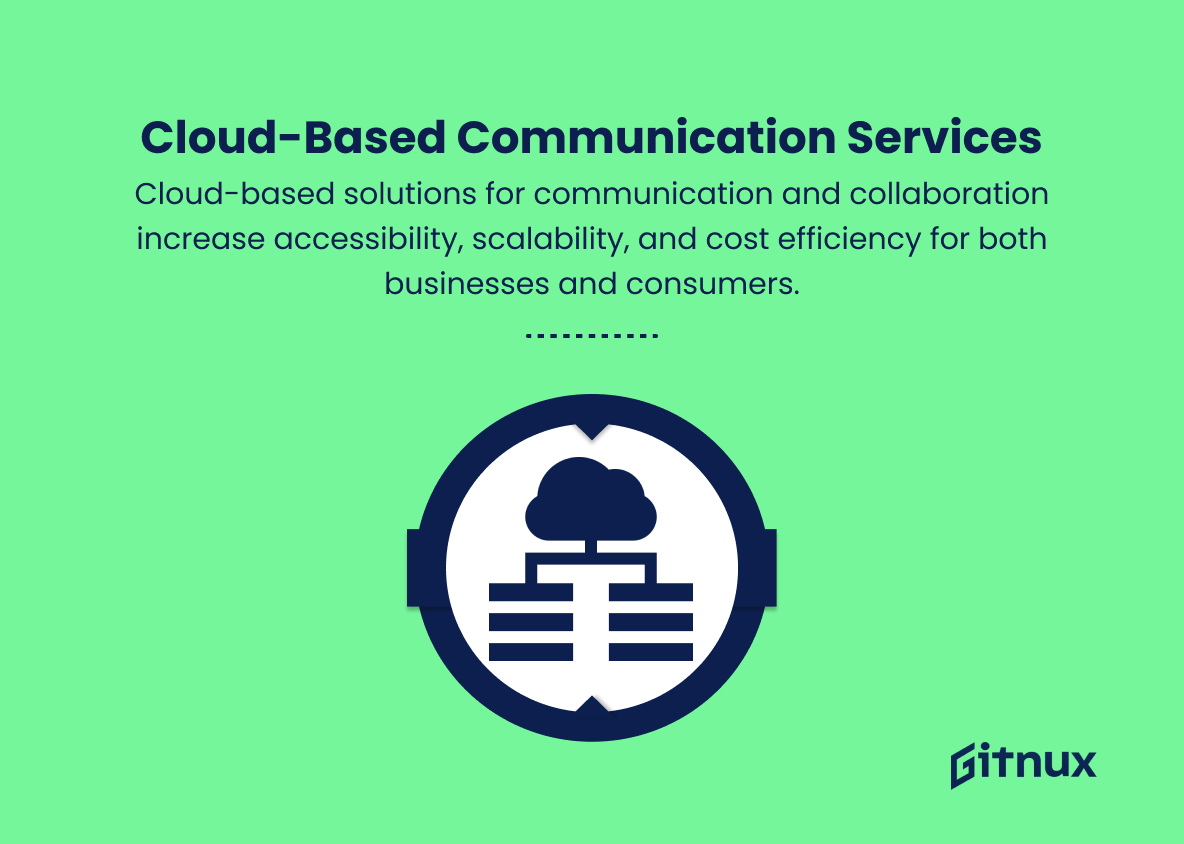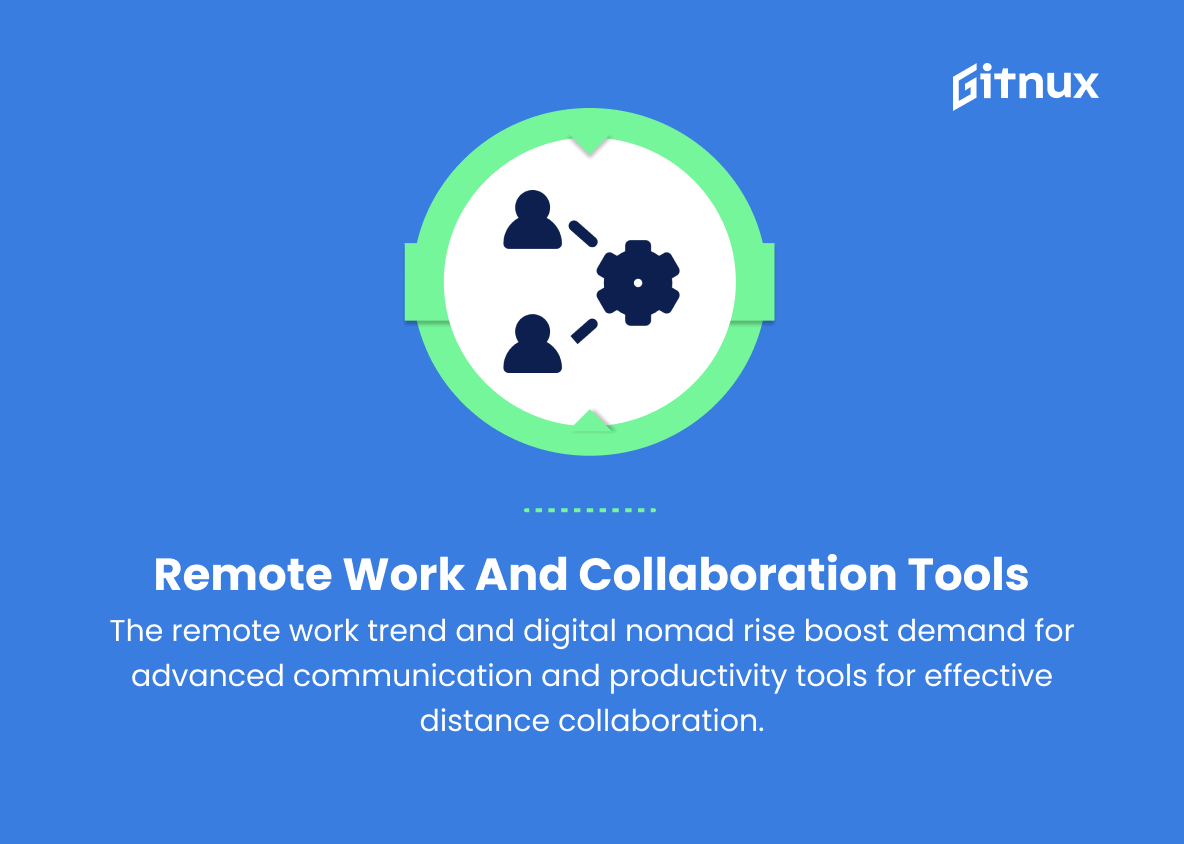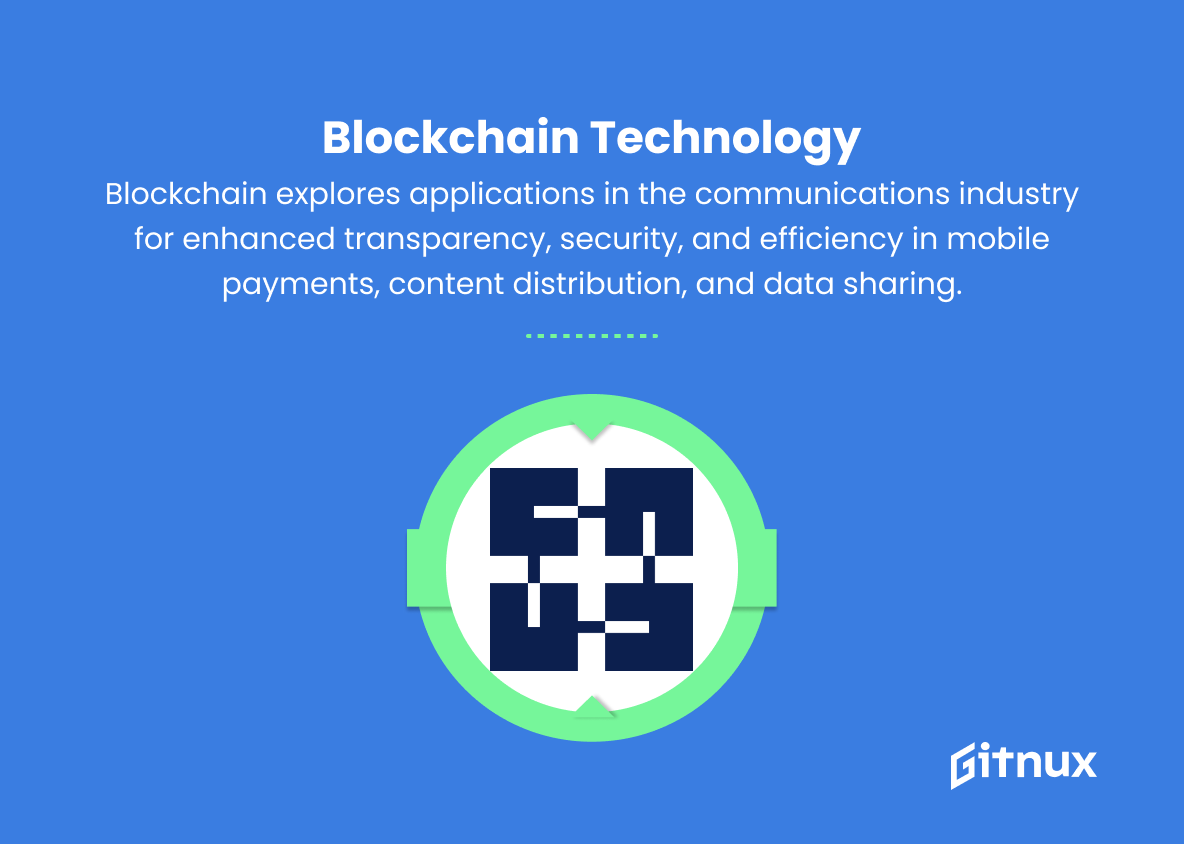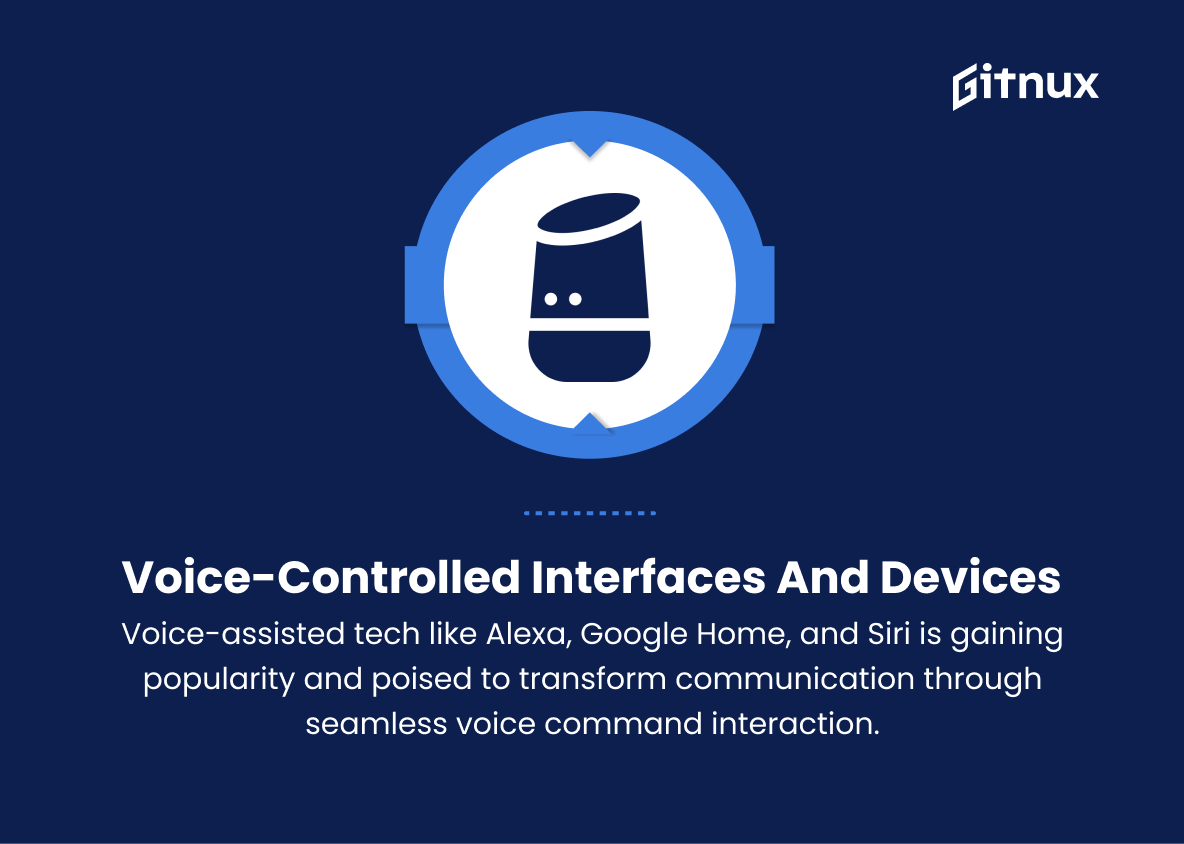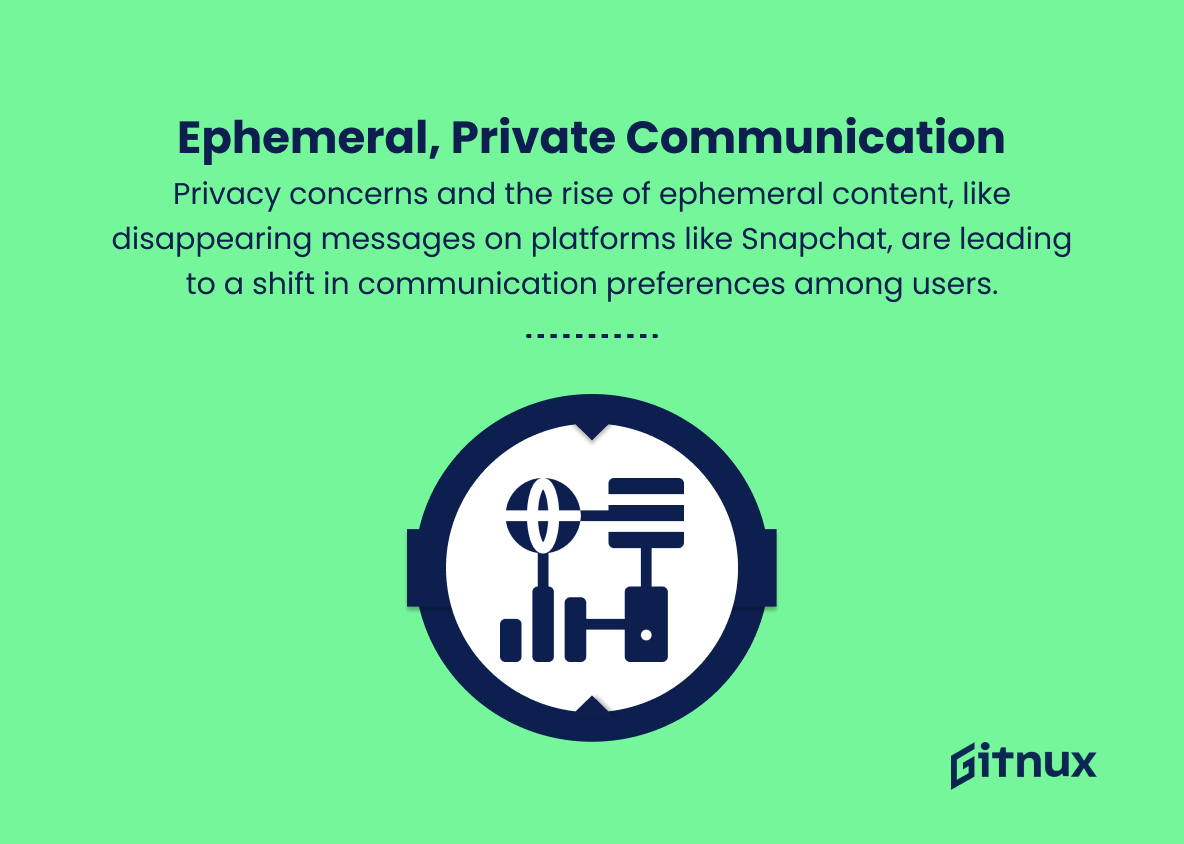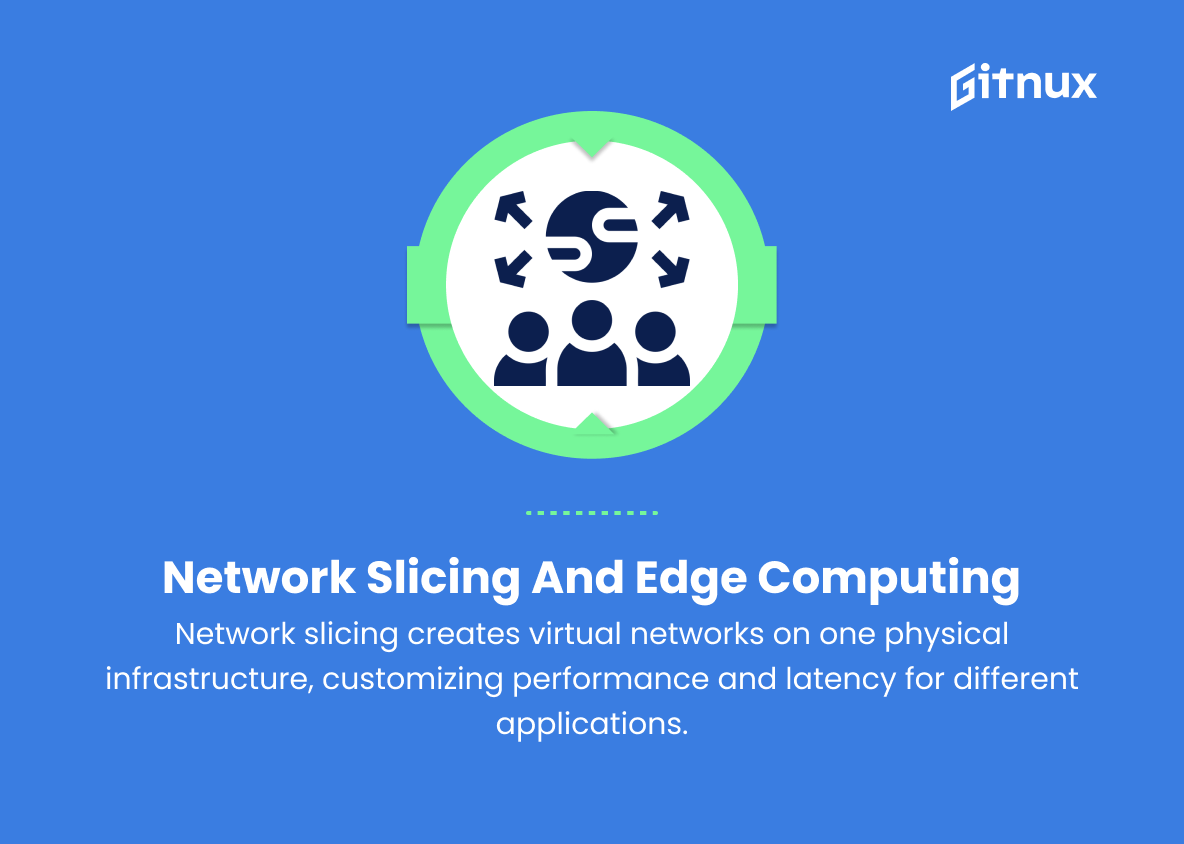In today’s rapidly evolving digital landscape, staying ahead of the curve is crucial for businesses and communications professionals. As the demand for seamless, efficient communication continues to grow, it becomes more important than ever to keep abreast of the latest trends and innovations within the communications industry.
This blog post aims to shed light on the most significant developments and advancements currently shaping the field, empowering businesses and individuals to navigate the modern communications landscape with clarity and confidence. From emerging technologies and shifting consumer preferences to groundbreaking strategies in content creation and distribution, join us as we delve into the dynamic world of communications industry trends.
Top Communications Industry Trends
1. 5G Technology
The imminent rollout of 5G networks promises faster data speeds, lower latency, and improved connectivity, revolutionizing communication and enabling new applications like smart cities and IoT.
2. Artificial Intelligence and Chatbots
AI-driven communication tools like chatbots and virtual assistants are becoming increasingly popular, providing personalized and efficient customer service while limiting human intervention.
3. Internet of Things (IoT)
The rapid growth of connected devices is transforming communication as it facilitates data exchange between various platforms and devices, leading to the development of smarter applications and systems.
4. Mobile-first strategies
With the increasing reliance on smartphones for communication, companies are adopting mobile-first strategies to prioritize mobile-based user experiences, services, and content delivery.
5. Social Media Platforms
The growing influence of social media platforms and their integration with communication services provide businesses with opportunities to better engage with their audience and maximize exposure.
6. Video streaming and immersive experiences
The rise of video streaming, virtual reality (VR), and augmented reality (AR) is transforming content consumption and driving demand for faster and more reliable connectivity solutions.
7. Cybersecurity
As the communications industry evolves, securing data, protecting privacy, and addressing cybersecurity risks have become top priorities.
8. Cloud-based communication services
Cloud-based solutions for communication and collaboration increase accessibility, scalability, and cost efficiency for both businesses and consumers.
9. Remote work and collaboration tools
The growing trend of working remotely and the rise of digital nomads is driving demand for advanced communication and productivity tools that enable effective collaboration across distances.
10. Personalization and hyper-targeted advertising
Advances in data analytics, AI, and machine learning allow companies to offer personalized and hyper-targeted advertising experiences to consumers, optimizing their marketing efforts.
11. Big Data and predictive analytics
The increasing availability of big data, coupled with predictive analytics and AI, enables companies to better understand consumer behavior, optimize communication strategies, and enhance decision-making capabilities.
12. Blockchain technology
Blockchain is being explored for applications in the communications industry, as it has the potential to improve transparency, security, and efficiency in various processes such as mobile payments, content distribution, and data sharing.
13. Voice-controlled interfaces and devices
Voice-assisted technologies like Amazon Alexa, Google Home, and Apple’s Siri are growing in popularity and are expected to further transform communication by enabling seamless interaction through voice commands.
14. Ephemeral and privacy-focused communication
Privacy concerns and the rise of ephemeral content, like disappearing messages on platforms like Snapchat, are leading to a shift in communication preferences among users.
15. Network slicing and edge computing
Network slicing allows for the creation of multiple virtual networks on a single physical network infrastructure, enabling specific customization of network performance and latency for various applications. Edge computing decentralizes data processing and analysis, improving efficiency, and reducing latency in real-time communication.
Implications
The communications industry is on the cusp of a transformative period, driven by technological advancements and evolving consumer preferences. Emerging trends like 5G technology, artificial intelligence, IoT, and mobile-first strategies are revolutionizing communication through faster data speeds, improved connectivity, and more personalized user experiences.
Simultaneously, social media platforms, video streaming, and immersive experiences like VR and AR are reshaping content consumption and driving demand for advanced connectivity solutions. As the industry continues to evolve, cybersecurity, cloud-based services, and remote work capabilities are becoming increasingly important for protecting data, enhancing collaboration, and meeting the communication needs of a growing digital nomad population. Advanced data analytics and AI-based hyper-targeting are allowing companies to optimize marketing efforts, while big data and predictive analytics enhance decision-making capabilities.
Furthermore, innovative technologies like blockchain, voice-controlled interfaces, and network slicing are set to improve transparency, security, and efficiency in various communication processes.
Lastly, the growing emphasis on ephemeral and privacy-focused communication underlines the need for more secure and user-centric solutions in an ever-changing digital landscape. The future of the communications industry is truly exciting, with these trends shaping the way we connect, collaborate, and consume content across an increasingly interconnected world.
Conclusion
In summary, the communications industry is going through a transformative period, with various emerging trends reshaping the landscape. The continuous advancements in technology, growing demand for seamless communication, 5G integration, IoT expansion, and the rising importance of data privacy have all contributed to the current and future trajectories of this dynamic sector.
To stay relevant and competitive, companies within the communications industry must proactively adapt to these trends while maintaining a keen eye on future developments. By investing in innovative solutions, fostering collaboration, and prioritizing consumer needs, businesses can not only meet today’s challenges head-on but also secure long-term success in a rapidly-evolving world of communication.


